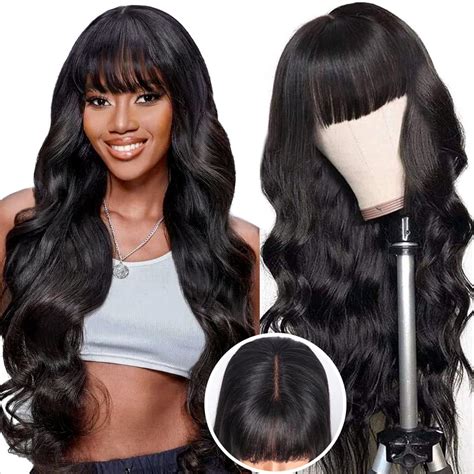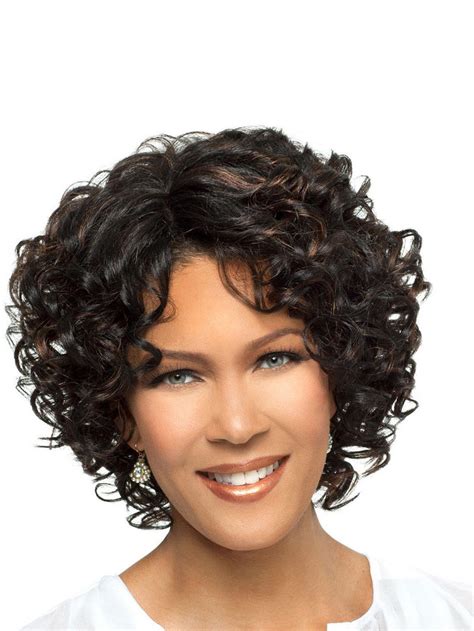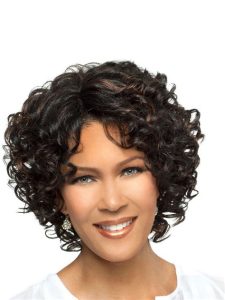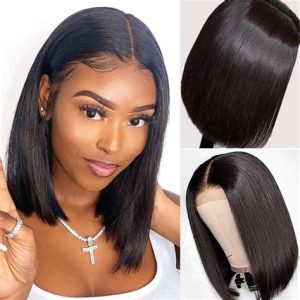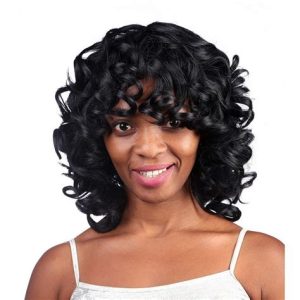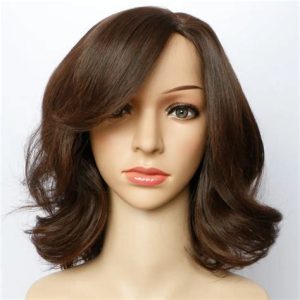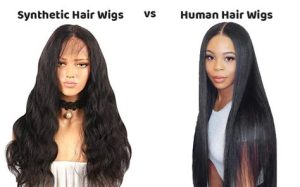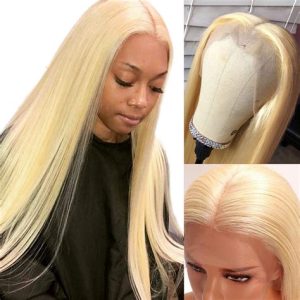Party Wigs 2025: Lace Front VS Baby Bangs Wigs
Introduction
Party wigs for women come in a variety of styles, from long and flowing to short and sassy. Lace front wigs are one of the most popular types of party wigs, as they create a natural-looking hairline. Baby bangs wigs are another popular choice, as they can give you a cute and youthful look.
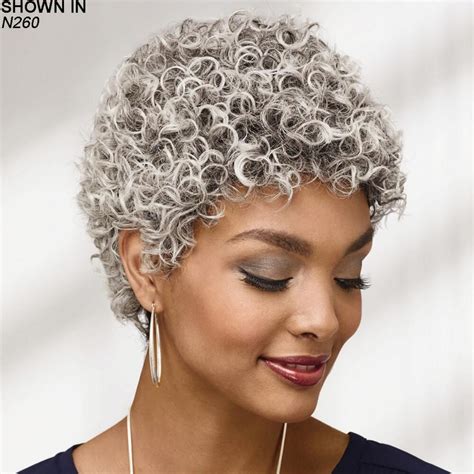
Lace Front Wigs
Lace front wigs are made with a lace cap that is attached to the front of the wig. The lace cap creates a natural-looking hairline, and it allows you to style the wig in a variety of ways. Lace front wigs are more expensive than other types of wigs, but they are also more durable and realistic.
Pros of Lace Front Wigs
- Natural-looking hairline
- Versatile styling options
- Durable
Cons of Lace Front Wigs
- More expensive than other types of wigs
- Can be difficult to apply
- Requires special care
Baby Bangs Wigs
Baby bangs wigs are made with a short, blunt fringe that covers the forehead. Baby bangs wigs can give you a cute and youthful look, and they are a great way to add some personality to your party outfit. Baby bangs wigs are less expensive than lace front wigs, and they are also easier to apply.
Pros of Baby Bangs Wigs
- Cute and youthful look
- Easy to apply
- Less expensive than lace front wigs
Cons of Baby Bangs Wigs
- Can be difficult to style
- Can be uncomfortable to wear
- Not as versatile as lace front wigs
Lace Front Wigs VS Baby Bangs Wigs
The best type of party wig for you will depend on your individual needs and preferences. If you are looking for a natural-looking wig that you can style in a variety of ways, then a lace front wig is a good choice. If you are looking for a cute and youthful wig that is easy to apply, then a baby bangs wig is a good choice.
Conclusion
Party wigs are a great way to add some fun and excitement to your party outfit. Lace front wigs and baby bangs wigs are two of the most popular types of party wigs, and each type has its own unique advantages and disadvantages. Consider your individual needs and preferences when choosing a party wig, and you are sure to find the perfect one for your next party.
FAQs
- What is the difference between a lace front wig and a baby bangs wig?
A lace front wig has a lace cap that creates a natural-looking hairline, while a baby bangs wig has a short, blunt fringe that covers the forehead.
- Which type of party wig is right for me?
The best type of party wig for you will depend on your individual needs and preferences. Consider your desired look, budget, and comfort level when choosing a party wig.
- How do I apply a party wig?
To apply a party wig, first brush your own hair back and away from your face. Then, place the wig on your head and adjust it until it is comfortable. Once the wig is in place, style it as desired.
- How do I care for a party wig?
To care for a party wig, brush it gently after each use. You can also wash the wig in cold water with a mild shampoo. Allow the wig to air dry completely before styling it.
- How long will a party wig last?
The lifespan of a party wig will vary depending on how often it is worn and how well it is cared for. With proper care, a party wig can last for several months or even years.
Reviews
- “I love my lace front wig! It looks so natural and I can style it in so many different ways.” – Sarah J.
- “My baby bangs wig is so cute and easy to wear. I love the way it makes me look.” – Jessica L.
- “I’ve tried both lace front wigs and baby bangs wigs, and I prefer lace front wigs. They are more realistic and versatile.” – Mary S.
- “Baby bangs wigs are great for a quick and easy way to change up my look. I especially love them for parties.” – Emily K.
Market Insights
The global party wigs market is expected to reach $2.5 billion by 2025, growing at a CAGR of 5.5% from 2020 to 2025. The increasing popularity of party wigs for special occasions and costume parties is driving the growth of the market. Lace front wigs and baby bangs wigs are two of the most popular types of party wigs, and they are expected to continue to drive market growth in the coming years.
